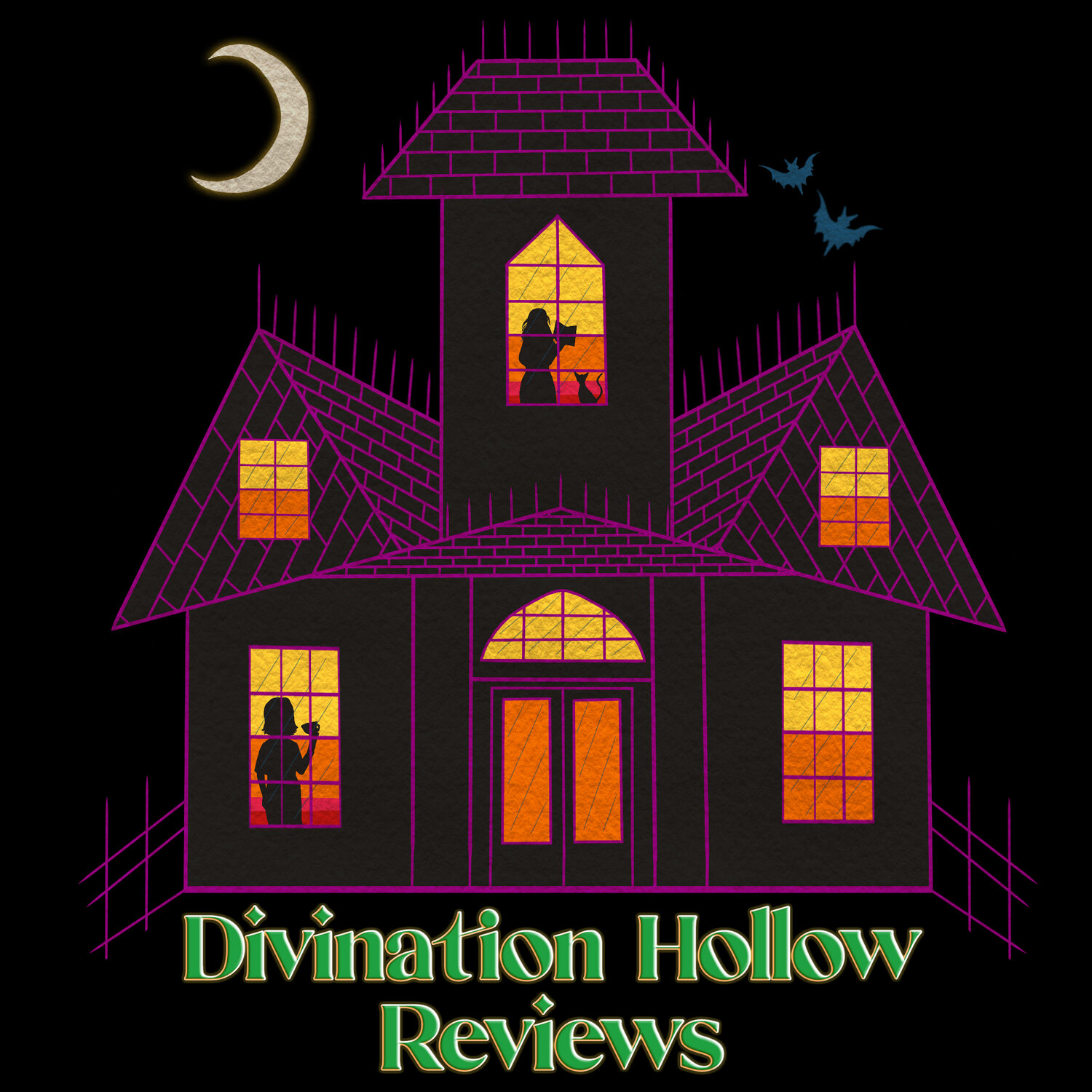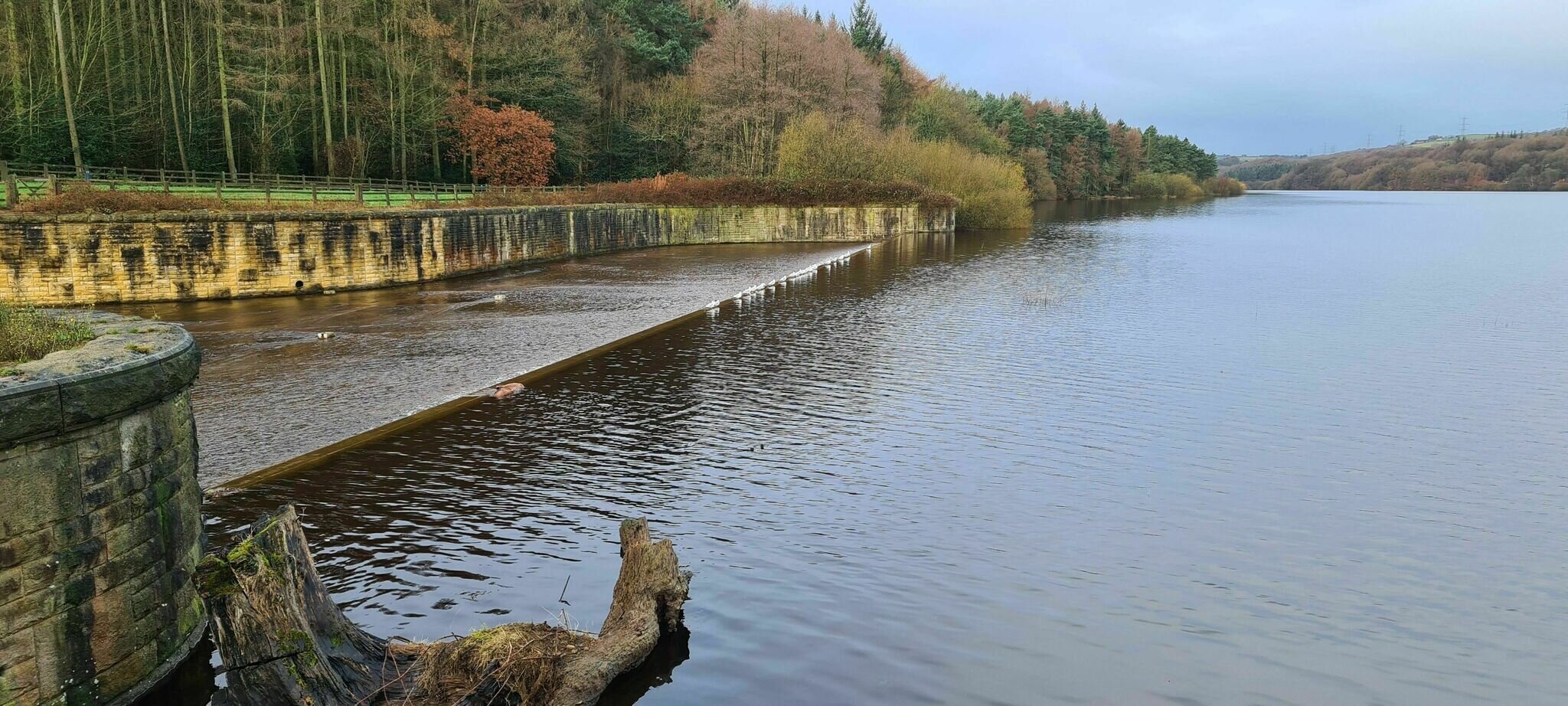The White Lady, The Fish and The Tunnel
Local myths and legends are fun, aren’t they? Those exciting, ever-changing, completely unsubstantiated stories set in your hometown or local area. The house where the murderer lived. The hole in the ground where goblins hide. The school caretaker who skins cats. They can vary greatly in terms of believability and likelihood, ranging from the slightly sinister right through to the outright supernatural. And of course, by the very nature of these constantly-evolving stories, it’s never quite possible to determine their origin. Sure, you heard them from your uncle. But he heard them from his mate at work. And that guy heard them from his other mate, and so on ad infinitum. You’ll be lucky to find the source of the stories. Maybe the source was factual and that it’s been exaggerated over the years, or maybe its origin itself was total nonsense right from the outset. You’ll never know.
I live in the north of England, in Yorkshire, just on the edge of the Peak District national park. My home is one of those odd little places you find in Britain, where a half hour drive can take me into the nearest city, whilst a half hour walk can take me into the middle of wild moorlands. And as such, it’s naturally got its fair share of local myths. Some of which are more believable than others.
Let’s start with the one about which I have the most detail. I say ‘detail’, which suggests you’re about to read something factual, so I’ll preface what I’m about to write with a fair warning of “chances are this is a complete load of bollocks”. But nevertheless, this story has been built upon for quite some years. All I know of this legend I heard from my grandfather, a school teacher, and a few other children at school. They each added their own bits to it, but the story was essentially the same each time I heard it. Something that’s in equal parts frustrating and fascinating is that I’ve actually tried to find evidence of this story on the internet to add to what I have heard, and I can’t find anything. Zilch. Nada. It’s like it doesn’t exist outside the oral tradition. I even own a book full of local ghost stories, and there’s no reference to it there either. The only thing I can find is other people talking about it on local web-boards and such, or doing Youtube ‘Most Haunted’ style videos investigating it. But in terms of actual historical records or accounts of this myth, there’s nothing.
So, near to my home is a very old village, including a church, that’s been there for around six hundred years. At least, that’s how long the village has been there in its current form. Evidence would suggest it’s been there far longer as a basic settlement, but even as an actual ‘village’ the way we’d recognise it, we’re still talking about a place with solid historical roots. Part of this village is a pub (which does a wonderful pub lunch, as an aside) which has been there in the form of a tavern, for as long as the village itself. This pub is the beginning of a local legend called ‘The White Lady’. I know, really original, right? That’s not the name of a thousand other ghost stories. But bear with me, it’s a good one.
Across from the pub is a pathway that takes you down through a series of fields, with a high stone wall at your left side. The fields are separated by turnstiles, through which you have to pass to get down the entire length of the path. To the right is open fields and not much else, so once you get there in the dark, the light of the pub back up the hill behind you is the only sign of civilisation you’ll see for quite some time until you reach the next set of streets.
The story goes that, if a man (always men) leaves the pub after dark, and takes the path down through the fields, they will hear a scream. If they turn, they’ll see nothing, but might just catch the sight of something floaty and white in the corner of their eye. Another wailing scream, closer this time, the white shape larger now in their peripheral. As the white shape gets closer, the man will start to hear sobbing. Wailing, distraught cries of anguish and desperation. If he turns at this point, he’ll see the figure of a spectral (sometimes described as skeletal or decayed) woman dressed in a white medieval dress, floating quickly towards him with outstretched arms. He’ll run, of course, and the woman in white will pursue, screaming and wailing. When he reaches the third turnstile in the field, she vanishes, leaving the man alone in the dark fields.
That is, essentially, the story of the local legend. Pretty creepy, I’m sure you agree. But unlike a lot of local myths, this one does have an origin, of sorts. How much of this can be believed is as dubious as the likelihood of the ghost itself, but it all adds to the tapestry. So apparently, the fabled ‘centuries ago’ (the good thing about England is you can say that and it’s not unrealistic), a young woman was at that pub. In some versions she was serving, in others just a patron. A somewhat unfriendly brute of a gentleman made advances, which she rejected, much to the chagrin of his fragile male ego. The young woman left after dark, and the man (who had waited), pursued her. Fearing for her life, she ran down through the fields, screaming and wailing as he pursued her. Just before the location of what is now the third turnstile, he caught up to her, forced himself on her, and killed her. Whether the ghost is merely re-treading these final steps before her tragic death, utterly unaware of the fact she’s terrifying people, or if she’s actually consciously aware of what she’s doing and acting out some form of revenge, isn’t clear. The fact that it’s only ever men who see her suggests it may lean towards the latter.
I first heard about the White Lady from my grandfather, who told me that a friend of his from the steelworks (my grandad drove an ambulance there, having been a combat medic in the war and used to the gruesome sights that you might be greeted with in a pre-health-and-safety-rules industrial workplace). This friend told him of his encounter, which had left him in tears and ‘white as a sheet’ when he got home, according to his wife. It also meant….far more dramatically for a Yorkshireman….that he never returned to that pub again. Now, the sceptic in me says he probably just got kicked out for fighting and barred for life, but that’s not half as fun it is? I also heard this story again (this time with the added details about how the poor ghost met her end in life) from a history teacher at school. This added to its credibility for me somewhat, I must admit.
The next story I have to share comes from one of my neighbours growing up. He was a keen fisherman, and would often spend the day on the banks, or out on the water, of a local reservoir that was to be found at the end of the street. Surrounded by woodland, the reservoir is quiet and cut off from the houses beyond it, which can make being out there both peaceful but also creepy. Have you ever had those moments where ‘quiet and secluded’ very quickly becomes ‘eerie and isolated’, thanks to one unidentified noise, or intrusive thought? That happens a lot out there. I go walking there a lot, incidentally.
Apparently within the dark waters of the reservoir lurks a monster fish. A giant pike, no less. Exactly how big ‘giant’ is, has never been made clear, but big enough to be the source of a story and some caution amongst local fishermen, at least. Whilst I originally heard about it from my neighbour, I have heard about that fish many times since then (including random passers-by warning of it when you go walking round the water). This one I HAVE once read about in a book on local legends, complete with what I’m sure was a massively-exaggerated image of the pike, looking like something from a Penny Dreadful comic.
Whilst I’m fairly convinced this myth is a load of crap, there ARE pike in that water, and one that happens to be unusually large (or more likely, a family of them) isn’t as unlikely as a full-on lake monster, is it? Plus, anything in bodies of open water is always creepy to me, there’s something about the idea of something rising up beneath you which just sends chills through my bones. As a cheeky side plug, I wrote about this reservoir (and the pike, sort of) in my short story “The Lady of Underbank”, published a couple of years ago.
The final story I have to share is set not too far from the reservoir, actually. This one was told to me by my grandmother, but I remember it being reinforced by friends of hers when they happened to call round her house as the topic was being discussed. Close by the reservoir is a steelworks, much of which is now closed down and in the process of being demolished. But in its heyday it was a huge series of buildings. At the base of the woods near the reservoir is the mouth of a small tunnel, about three feet in diameter. This tunnel leads all the way under the old road and into the steel works. I’m not entirely sure what it is was for. It seems too big to be a pipe, but what do I know about turn-of-the-century industrial buildings and their pipes?
My grandma told me that, during the war, children would often crawl into that pipe at the behest of their parents, to hide from air raids. This to me seems perfectly plausible, as I know the area suffered badly from air raids, and that tunnel would be as safe a place as any to hide. But apparently, one little child (never been clear if it’s a boy or girl) never made it out of that tunnel. The tunnel itself was never bombed, so it’s likely they had a panic attack and hyperventilated, or an asthma attack, something of that nature. Whatever the tragic cause, the story goes that a small child died in that tunnel….and never left.
In the subsequent years, children would dare each other to go through that tunnel, starting at one end and coming out of the other. And none of would ever make it all the way through. As the story goes that they’d reach the spot where the child died, and a tiny hand would reach out of the darkness and grab at them. At which point they’d scream and crawl back as quickly as they could to the safety of the light.
Now, I am not a believer in ghost stories, but I’m no fan of confined spaces so that alone makes this one terrifying to me. Particularly since I’ve seen the mouth of that tunnel myself up close, after me and a friend jokingly dared each other (as grown adults) to try and get through it. Even one look at it was enough to get a resounding ‘fuck that’ from both of us. Nonsense or not, that tunnel is the sort of place that’s a birthing ground for local legends. It’s like the silent mouth of hell.
And that, my friends, is about it. The only other local legend is the time my cat made it into a local newspaper website because somebody thought he was a ‘big cat on the moors’ type of thing. He’s half Maine Coone, but half black moggie. So he looks like a short haired black cat, but he’s larger than a normal cat, in both length and frame (he has very big feet and shoulder width etc). He also has really thick black fur that absorbs sunlight, making him difficult to see clearly when it’s poor light. My house is next to a bunch of fields, which he likes to go into to hunt rabbits. Somebody took a photo of him and noticed that he looks like a panther or something at a distance, and decided to sell that story to the news website. Now whether they believed it themselves is another matter, I don’t know who took the photo so I can’t ask. Everyone who meets him comments on his size, but he’s not THAT big. Still, it’s fun to have the subject of a local legend living with me.
Lex H Jones is a British author, horror fan and rock music enthusiast who lives in Sheffield, North England.
He has written articles for premier horror websites the ‘Gingernuts of Horror’ and the ‘Horrifically Horrifying Horror Blog’, and appeared on multiple podcasts covering various subjects such as books, films, videogames and music.
Lex’s first novel ‘Nick and Abe’, a religious fantasy about God and the Devil spending a year on earth as mortal men, was published in 2016. This was followed in 2019 by noir crime novel ‘The Other Side of the Mirror’ and illustrated children’s weird fiction book ‘The Old One and The Sea’. His latest release is a collection of ghost stories, ‘Whistling Past The Graveyard’. Lex also has a growing number of short horror stories published in collections alongside some of the greats of the genre, and in 2020 he co-created the comic strip series ‘The Anti-Climactic Adventures of Detective Vampire’ with Liam ‘Pais’ Hill.
When not working on his own writing Lex also contributes to the proofing and editing process for other authors.
Twitter: @LexHJones






